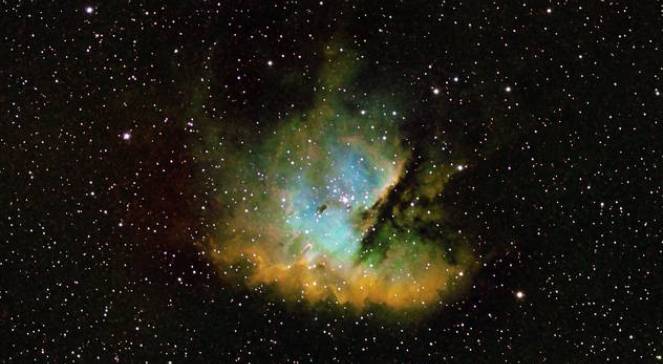PAP
Catherine Karas 11/20/2013

id=”photo-author”> photo: Dave Halliday / Flickr
As the engineer. Thomas Zawistowski of the Space Research Centre (SRC PAS), start Lem satellites should take place on time, “but he never has to end confidence.” – Weather conditions may cause some delay – he explains.
Lem start on a Russian Dnepr rocket, along with several other satellites. As explained Zawistowski, Dnepr rocket is a “recycled”. – She was a military rocket, and now instead of a nuclear warhead mounted on the other charges. In this case, it will be communication satellites and scientific. Lem leaves the racket as one of the last buildings – he says.
Online Bright start from the Dnepr rocket from Lem on board are military missile launchers. For this reason, there are very limited possibilities to directly track the rocket launch.
Contacted with Lem will be possible only a few hours after launch the rocket when it starts to work already in orbit. Satellite communications will be implemented by air traffic control station located at the Center for Astronomical them. Nicolaus Copernicus Academy of Sciences (CAMK) in Warsaw. Thus, the command will be sent to the satellite and here also will be received operational data and scientific mission.
Lem weighs less than 7 kg and has the shape of a cube with a side of about 20 cm. Until such a small device used as an amateur and educational facilities. Lem first will have their serious scientific work. Placed in orbit – at an altitude of 800 km, a few years will lead precise measurement of 286 brightest stars in the sky.
Scheduled to start on December 29 Long March 4B rocket, which is expected to be in the space of the second Polish scientific satellite – Hevelius. Home will be held on the territory of China.
Lem and Hevelius
Lem and Hevelius is called. nanosatellites, or with very small dimensions. Made it on the international agenda Bright Target Explorer Constellation – BRITE. They worked on them specialists from the Centre for Space Research and the Center for Astronomical them. Nicolaus Copernicus Academy of Sciences. The program involved a two BRITE satellites Austrian and two Canadian.
Surface of each of the satellites cover the solar panels. Installed on these telescopes, like cameras, they took pictures of the stars. Three of the six satellites do pictures in red and three in blue. Such pairs of red and blue for a time will be set for a particular star and face, as clearly illuminates the object. The collected data will transmit to the ground station including Warsaw, Canada and Austria.
Polish scientific satellite developed in collaboration with the University of Vienna, Graz University of Technology, the University of Toronto and the University of Montreal. Ministry of Science and Higher Education allocated to the construction of 14.2 million z?. The names chosen for satellites in 2010, Internet users in the vote held at the sides of the ministry of science.
Far into space Poles fired dozens of different instruments, some of which are still operating in orbit – Earth and Mars, or fly to comets. Polish scientists, however, have not yet own satellite. In February 2012, the space was indeed a student PW-SAT satellite, but it was educational facility, built at the Warsaw Polytechnic.
View Gallery: Day in pictures >>>
PAP, kk
Comments:
sort
No comments:
Post a Comment